Charge card comparison:
Is Vattenfall charge card good value?
Since Vattenfall and Tap Light have no monthly costs our experts compared them side-by-side.
Monthly cost
€0,00
€0,00
Price structure per session
Charger prices set by operator
+ €0,35 transaction cost*
Charger price set by operator
+ 5% transaction cost
Additional costs
€0,00
€0,00
*If you use a charger from another provider, Vattenfall with charge you a €0.35 transaction fee per session.
If you use charger from many providers you may be better off using a different provider like Tap.
For Vattenfall operated chargers, using their app or charge card likely gets you the best price.
If you plan to charge regularly, Tap’s Roamer is the cheaper option in between the two.
Monthly cost
-
€2,50
Price structure per session
-
Charger price set by operator only
Additional cost
-
€0,00
Other important details
What kind of coverage do these charge cards have?
- Vattenfall operates in Sweden, Belgium, France, Germany, Denmark, Norway, the Netherlands and Switzerland.
- Tap charge cards can be used in Austria, Belgium, Germany, France, Ireland, Luxembourg, the Netherlands, and the United Kingdom.
- Both providers have comparable coverage in the Netherlands.
Do I need a charge card to start a session?
- With Vattenfall you can start a session with or without a charge card.
- With the Tap app, you can start charging right away via the app. You don’t need to order or activate a charge card to start your first session.
Can I have more than one charge card on my account?
- Vattenfall supports extra charge cards.
- With Tap Electric, you can have two charge cards (Tap Tags) tied to one account on a family subscription.
Want to compare more charge cards? See how Eneco, ANWB charge card or Shell Recharge compares to Tap or check out our full charge card comparison.
App comparison: Vattefall charge card app vs Tap Electric app
A charging app is just as important as a charge card. A good charging app should show you where your money is going every time you charge and help you make informed decisions about where to charge.
Our experts have rated the Shell apps and the Tap app on 4 criteria.
- User experience
- Functionality and features
- Customer support and resources
- User reviews and ratings
For the best Tap app experience, enable location services to see relevant, nearby chargers.
User experience
User-friendliness, navigation and updates
Tap app experience: 4/5
Pros and Cons
Pros
Cons

No need to sign up to charge your car via the app

Multiple sign-in options: Google, Apple, email, and guest mode

If you’re new to Tap, the "For You" section guides you on how to charge and explains how Tap prices work

One-Tap charging from the home page when you are in front of the charger

Push notifications for charger availability, when an idle price kicks in, and progress updates on your charging sessions

Unique charger comparison tools like Price intel and Map Intel for drivers

Regular app updates

Takes time to uncover all the features

Vattenfall InCharge app experience: 3/5
Pros and Cons
Pros
Cons

No need to sign up to charge your car via the app

Very basic charging functionality, simple to use

No option to set up account in app, only desktop

Not easy to compare charger prices
Functionality and features
Charger map, search and map filters
Tap charger map: 4/5
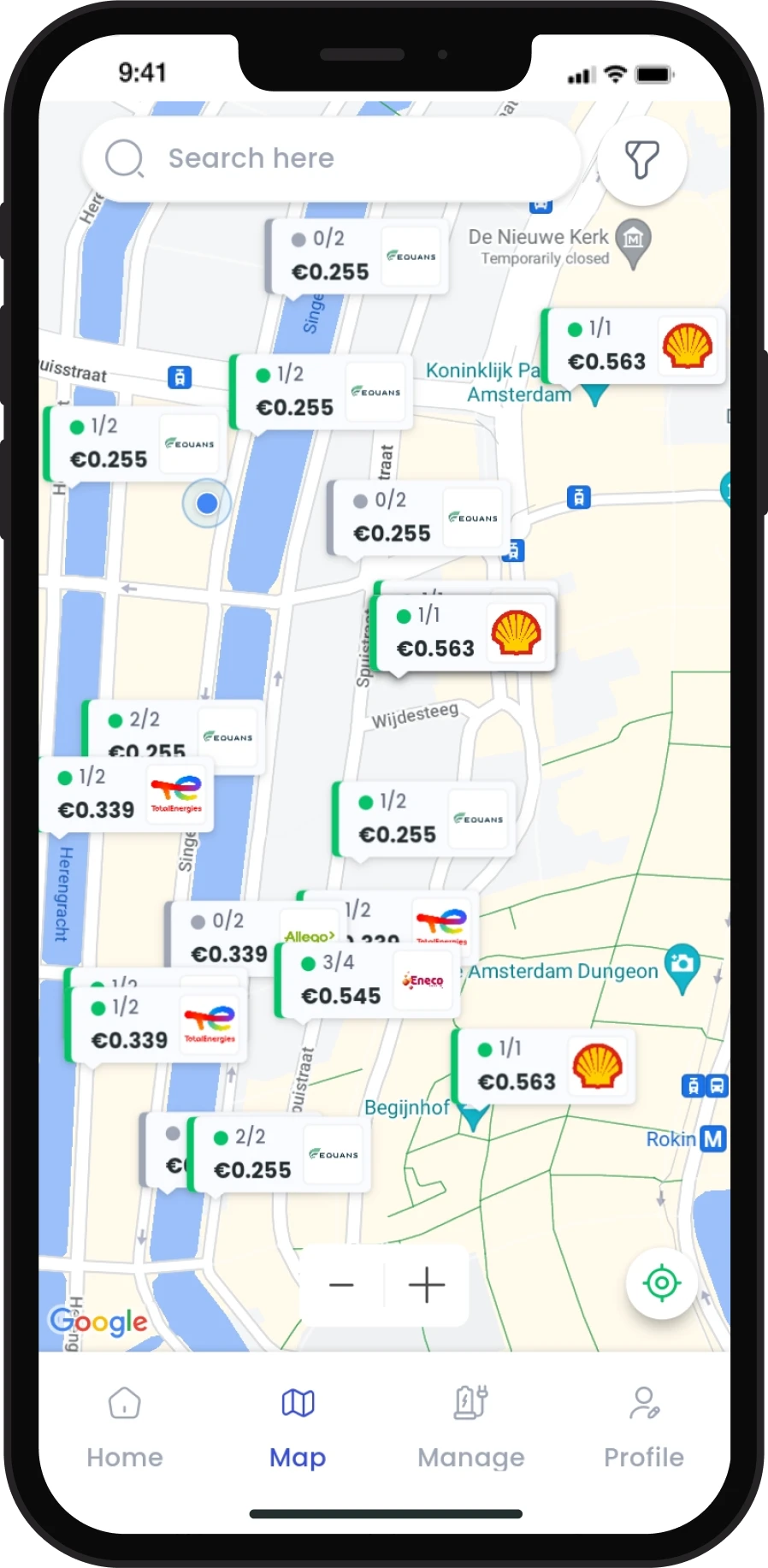
Pros and Cons
Pros
Cons

Only shows chargers on the map that have complete pricing information

Choose between showing charger prices or session costs right on the map

Filters for availability and charging power

Remembers your map settings and filters

Unique Map Intel feature analyses which charger network is the cheapest in the area

No filter based on connector type or price

Vatenfall map: 3/5
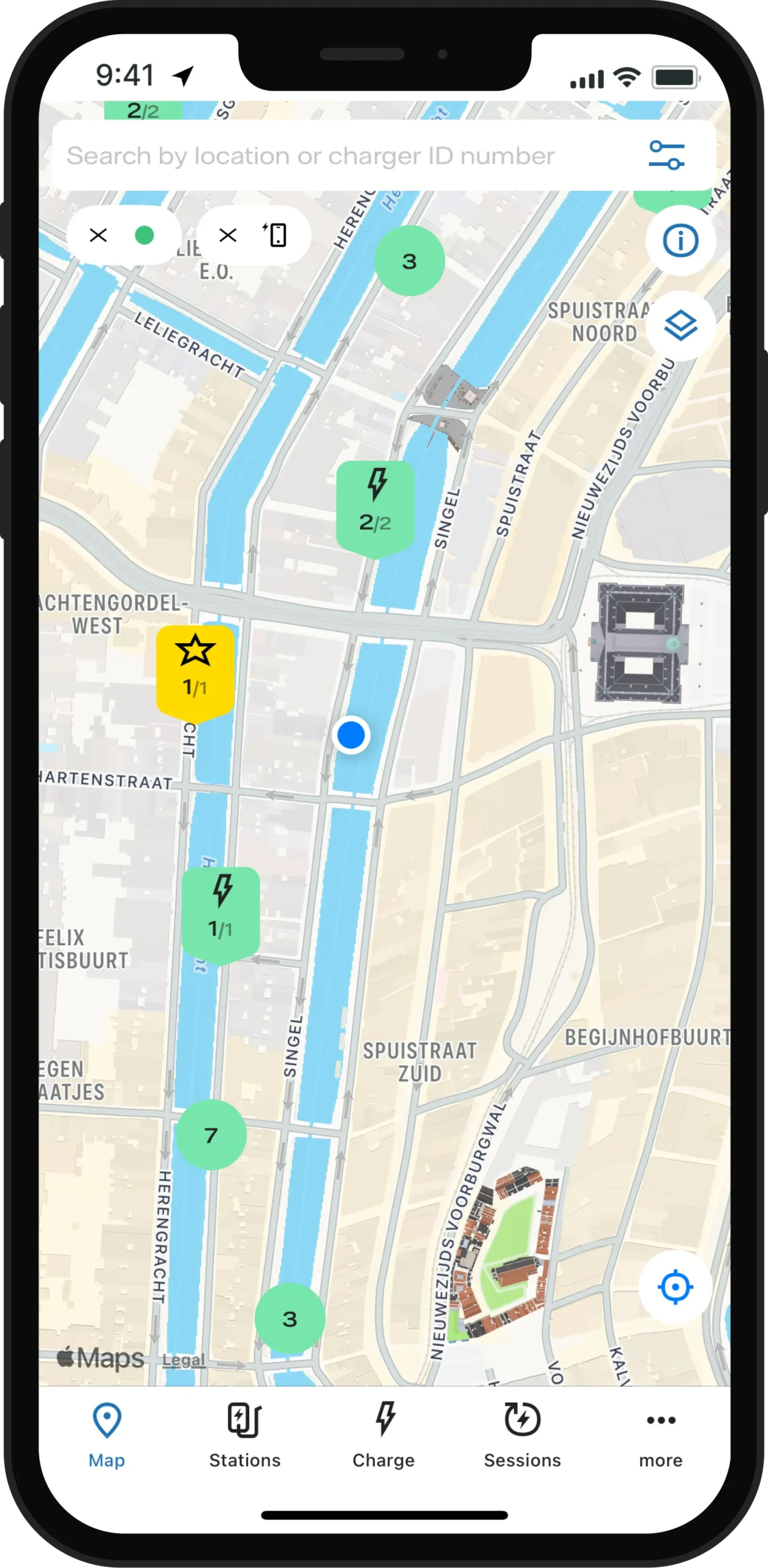
Pros and Cons
Pros
Cons

Map shows charger locations and number of available chargers directly on the map

Filter by connector type, charging power, availability, Vattenfall operated chargers and chargers where you can start a session via the app.

Charger availability status on the map

No charger prices or session costs directly on map

No price comparison tools

No filter by price

No option to save filters
Charger information
Tap charger information: 5/5
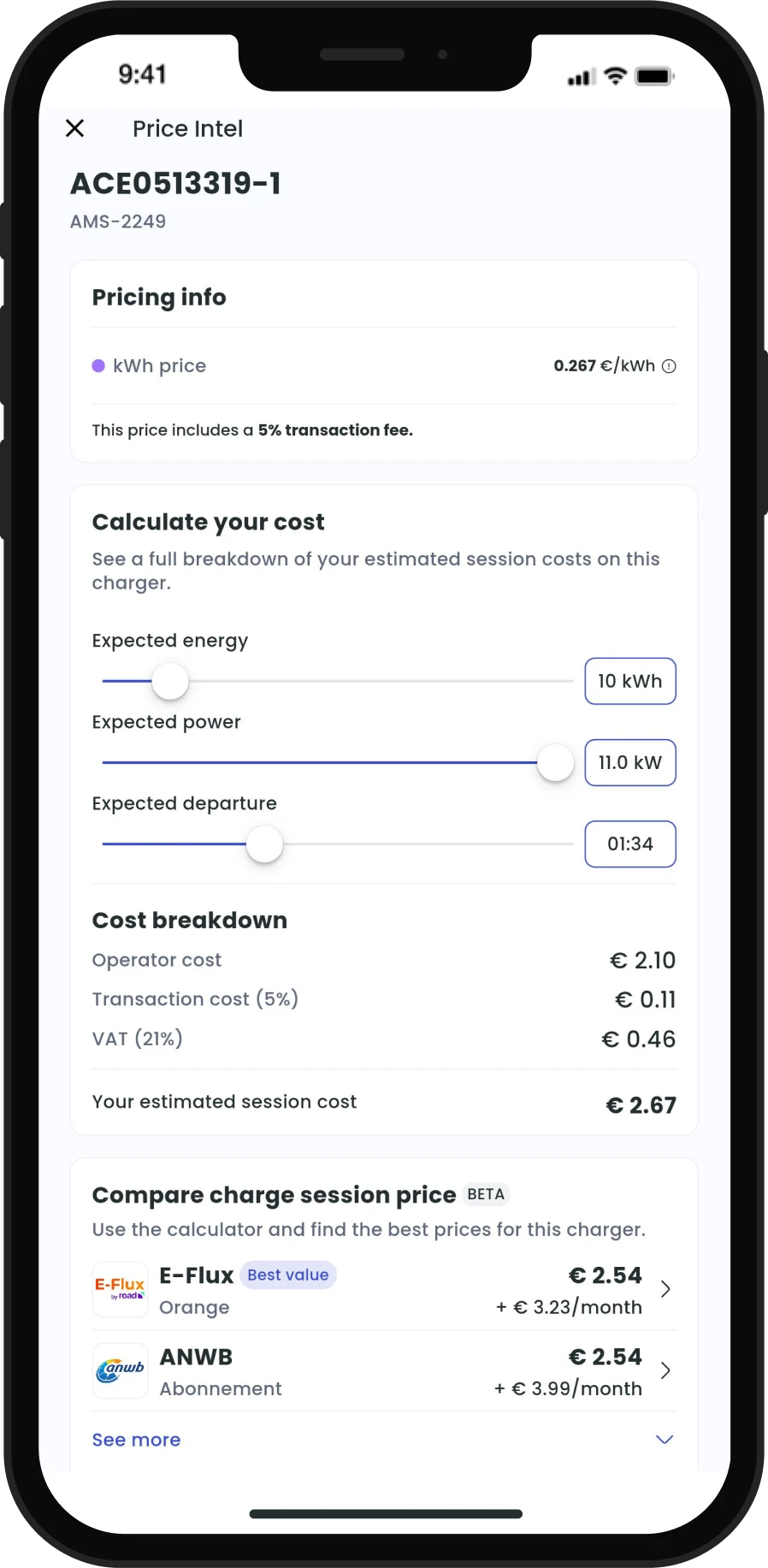
Pros and Cons
Pros
Cons

Comprehensive charger details

Price Intel shows detailed pricing information for each charger, estimated session costs via cost calculator, and charge card comparison.

Shows if there is a cheaper and nearby charger

Opens up navigation app to how to get to the charger

Must open Price Intel to see your detailed pricing information

Vattenfall charger information: 4/5
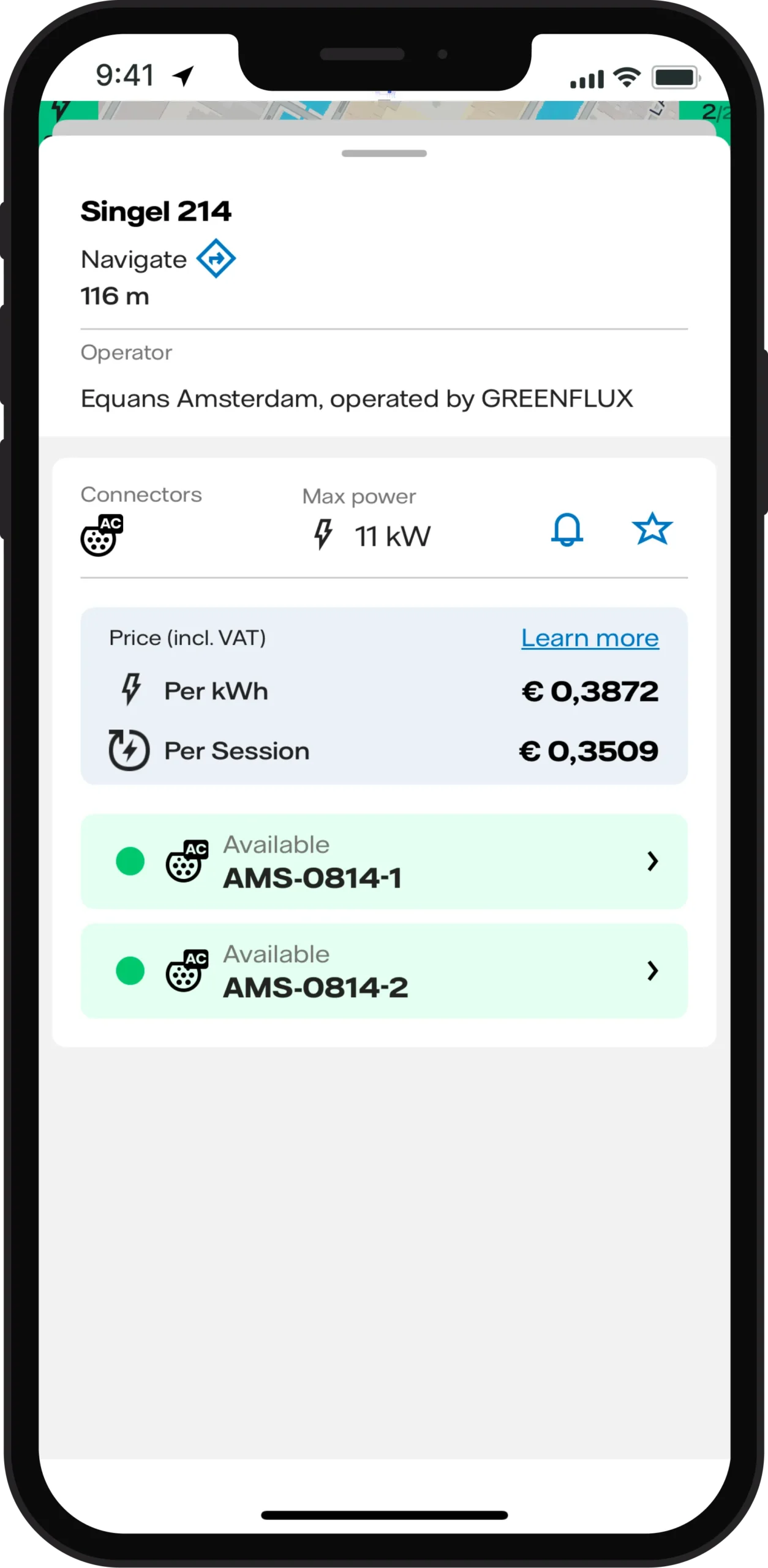
Pros and Cons
Pros
Cons

Charger details like operator, power, connector types, availability

Clear display of charging costs

Option to set up notification and save charger to favourites

Opens up navigation app to how to get to the charger

Doesn’t show if charger has variable pricing clearly

No additional charger information like energy source
Charging
Tap charge session: 4/5
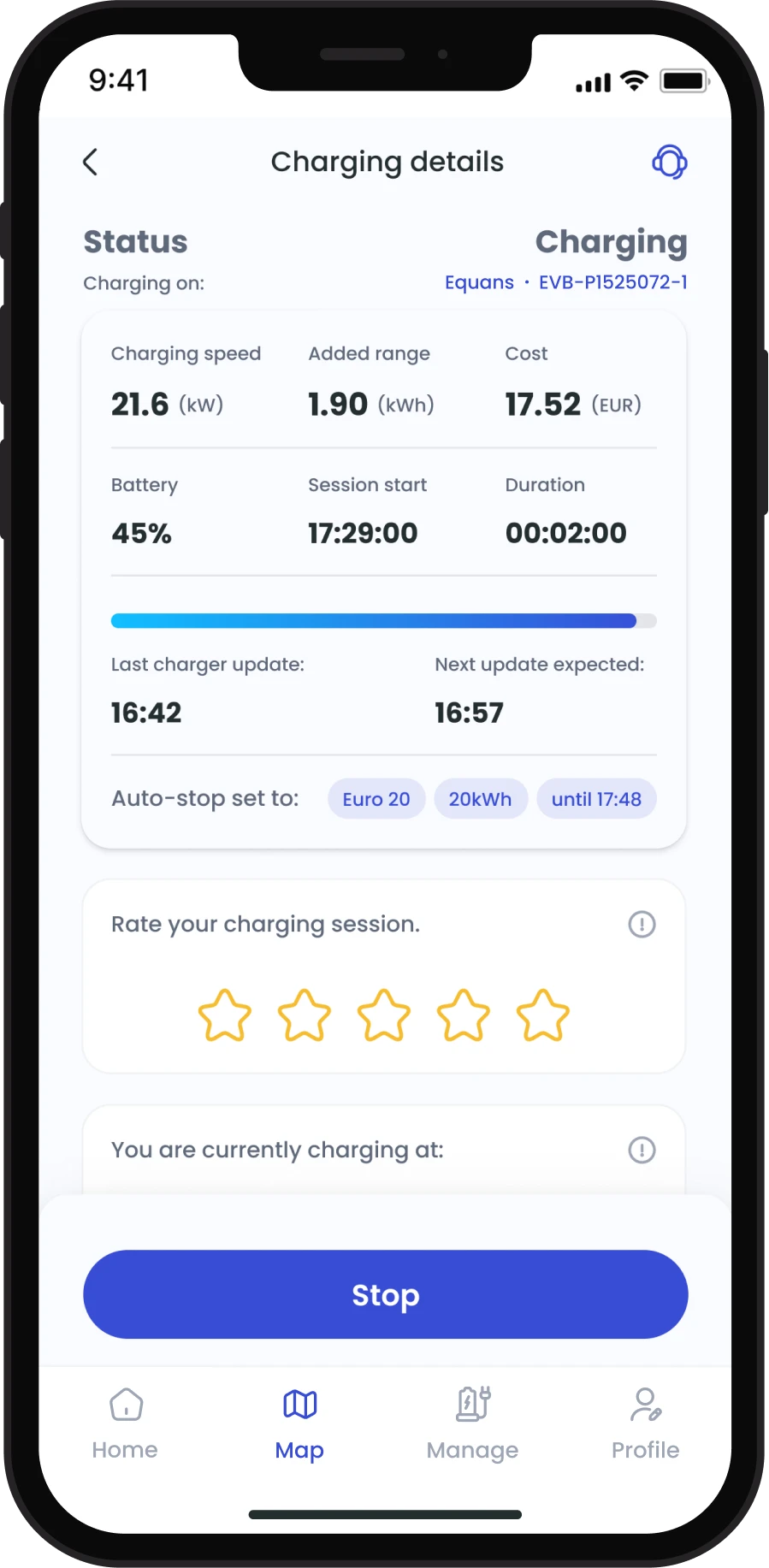
Pros and Cons
Pros
Cons

Start charging with and without a charge card

Option to Auto-stop session based on cost, energy, or time

Live updates on your charging session

Get battery insights when your car is connected to the app

In-app support is available if you're experiencing problems starting your session

Vattenfall charge session: 2.5/5
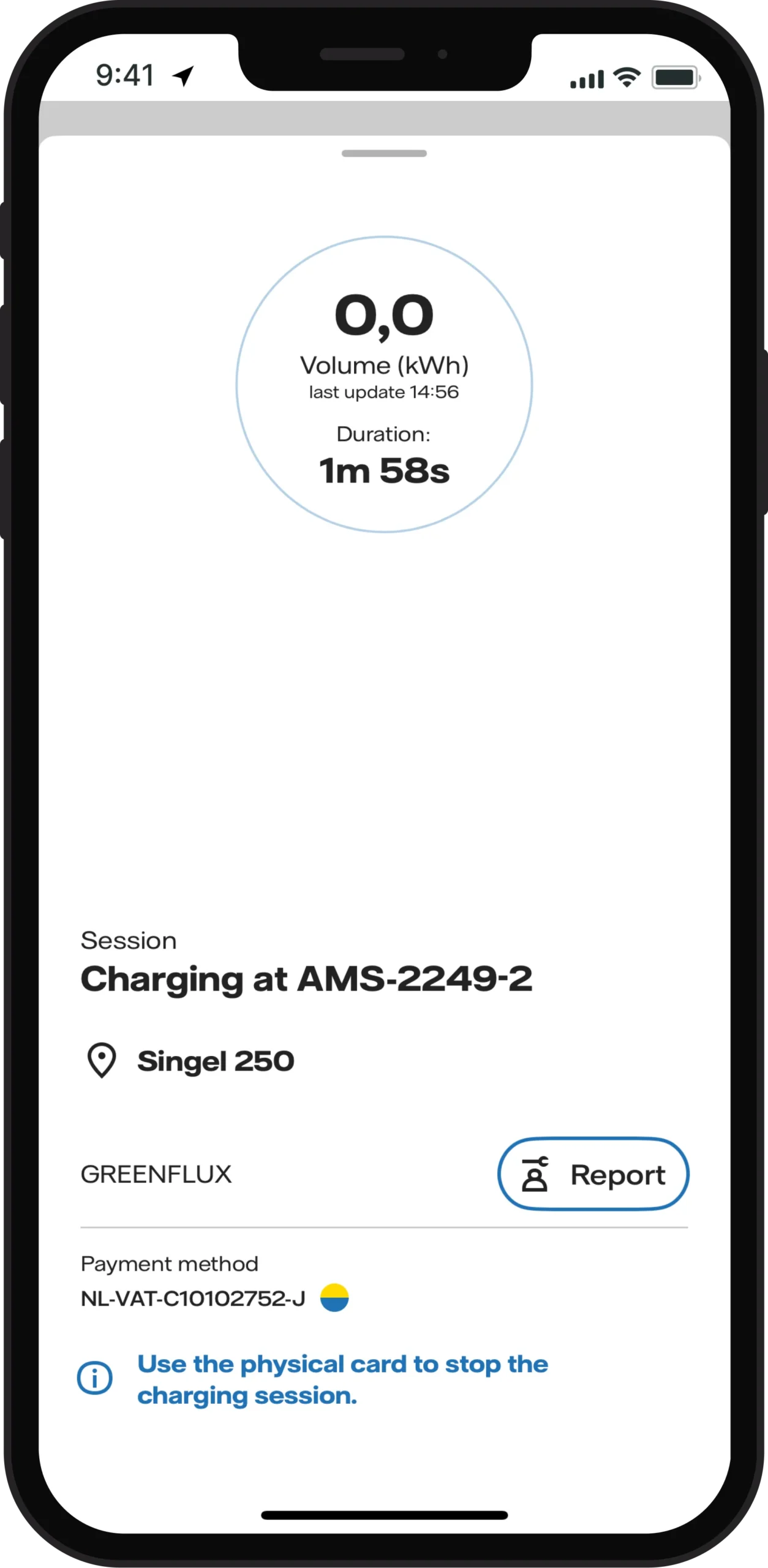
Pros and Cons
Pros
Cons

Start session with and without a charge card

Track duration and energy consumption

No auto-stop capability based on energy, time or cost.

No costs displayed on charge session screen

Not able to stop session in-app if your session is started with a charge card
Payment methods
Tap payment methods: 5/5
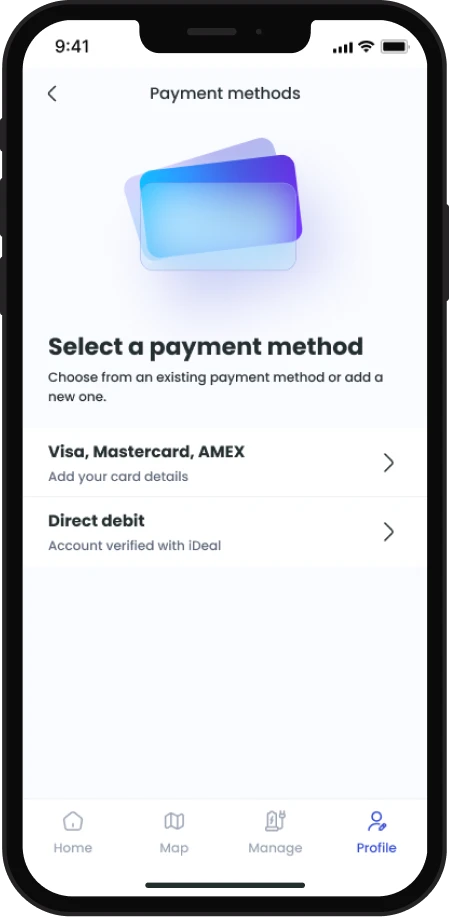
Pros and Cons
Pros
Cons

iDeal, Visa, Mastercard, AMEX, direct debit, Apple Pay and Google Pay

Easily manage multiple payment methods in the app

Vattenfall payment methods: 2.5/5
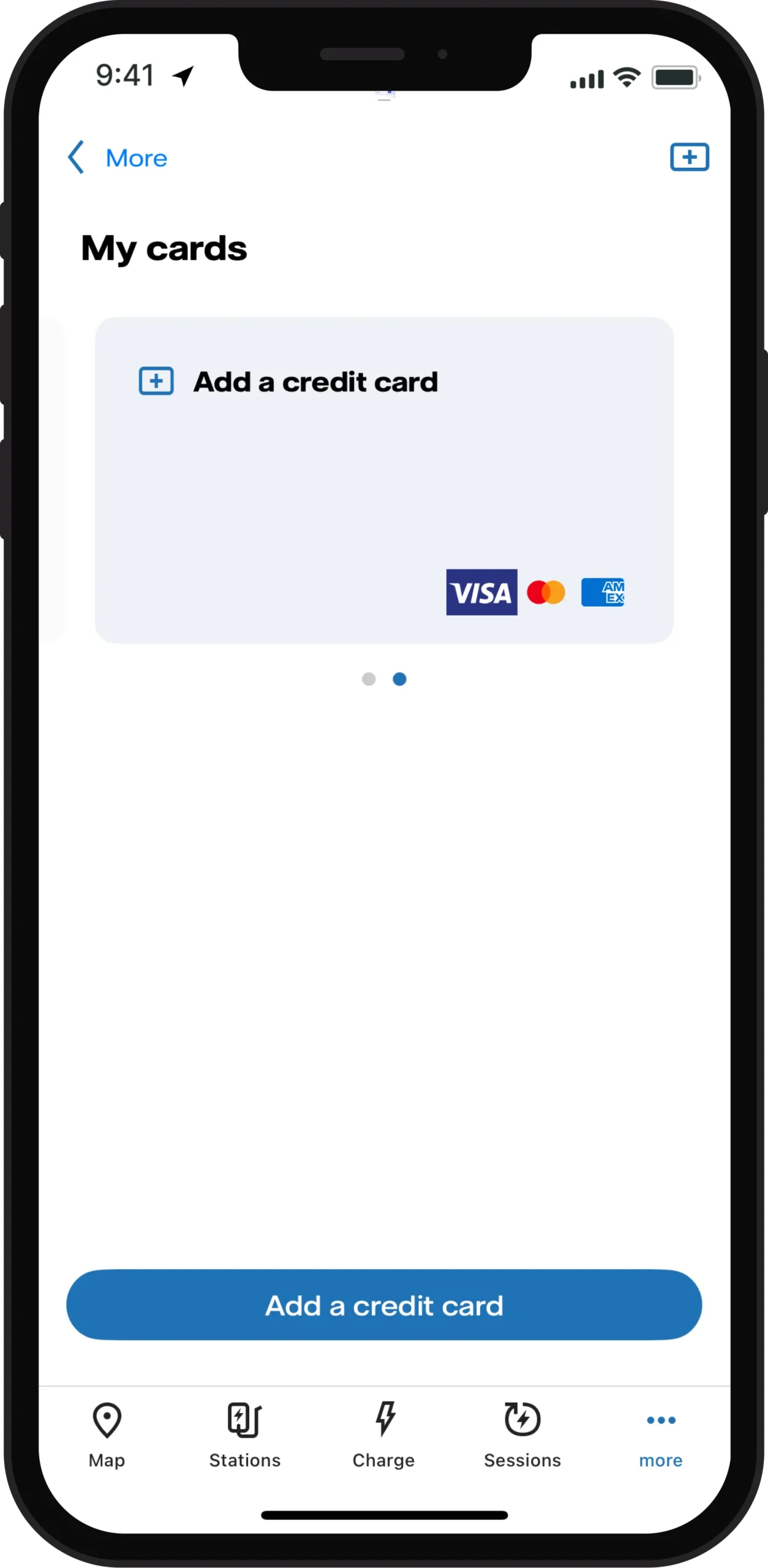
Pros and Cons
Pros
Cons

Direct card payment with credit/debit cards (Direct payment - IBAN, Visa, Mastercard, Amex)

No Apple Pay, Google Pay, iDeal
Connected cars
Tap connected cars: 3/5
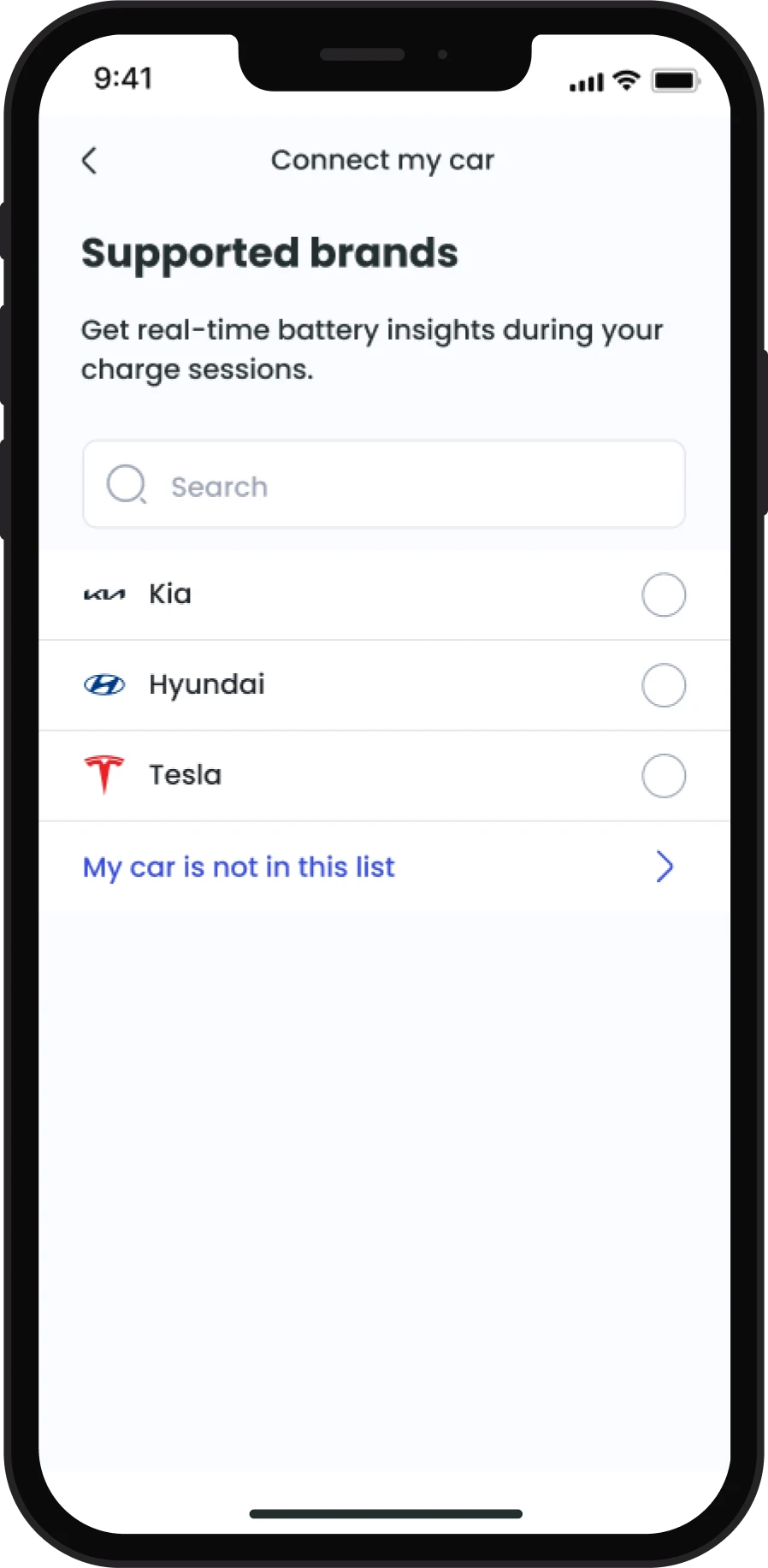
Pros and Cons
Pros
Cons

Link your Kia, Hyundai, and Tesla accounts for live battery insights in the app

Only a few car brands can be connected, but it is possible to manually link any car

Vattenfall connected cars: 1/5
Pros and Cons
Pros
Cons

No option to connect any car
Customer support and resources
Support
Tap self-service and support: 4.5/5
Pros and Cons
Pros
Cons

24/7 email and call support

Comprehensive help center with detailed guides

Deactivate your Tap Tag via the app

Vattenfall self-service and support: 2/5
Pros and Cons
Pros
Cons

You can report an issue

Only FAQ in-app

Resources and expertise:
the methodology behind our data
Our experts fact checked and last updated this research on 9 April 2025.
Sources:
- Vattenfall website
- Vattenfall Incharge app
- Tap Electric app
Details:
- Vattenfall charge card data was checked on the Vattefall website on April 9, 2025.
- The Vattenfall Incharge app is evaluated based on the live functions on v5.4.0 on an iPhone 14 on January 16 2025, using this methodology.
- Tap Electric app was rated based on the live features on v.1.108.0 iPhone 14 on January 16 2025, using this methodology.
